Back Acne Treatment Myths Debunked: Fact vs. Fiction
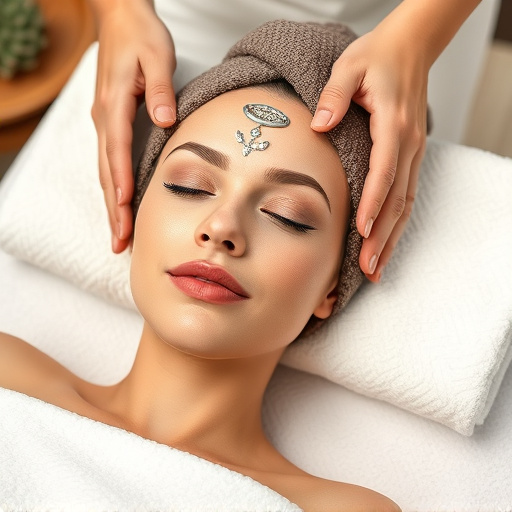
Back acne treatment requires clearing misconceptions. Gentle cleaning and exfoliation are effective,…….
Back acne, a persistent and often embarrassing skin condition, has captured the attention of dermatologists, researchers, and individuals worldwide. This article aims to dissect the multifaceted world of back acne treatment, offering an insightful journey through its historical evolution, global impact, economic implications, technological innovations, regulatory landscape, challenges, and promising future prospects. By exploring these various facets, readers will gain a comprehensive understanding of the current state and potential trajectory of this ubiquitous skin issue.
Definition: Back acne, medically known as back acne or pilo-follicular cystic acne, is a form of acne that affects the mid-back area, characterized by red, inflamed bumps, cysts, and sometimes scarring. It arises from a combination of factors, including excess sebum production, hair follicles trapped beneath the skin, and bacterial growth.
Core Components: The treatment approach for back acne involves a multi-faceted strategy:
Cleansing and Skin Care Routine: Gentle yet effective cleansing is paramount. Over-scrubbing can exacerbate irritation, so using mild cleansers suitable for sensitive skin is essential. Moisturizing without occluding pores is also crucial to maintain skin hydration.
Topical Treatments:
Oral Medications: In moderate to severe cases, oral antibiotics or isotretinoin (a retinoid) may be prescribed to combat bacterial infections and reduce inflammation.
Historical Context: The quest for effective back acne treatment has spanned centuries. Ancient civilizations like the Greeks and Egyptians used natural remedies, including honey and milk, to soothe skin irritations. In modern times, the 1960s marked a significant shift with the introduction of topical retinoids and oral antibiotics, revolutionizing acne management.
Back acne is not limited to any specific region or demographic, affecting individuals across all continents. However, certain trends emerge from global studies:
| Region | Prevalence Rate (%) | Key Factors |
|---|---|---|
| North America | 15-20% among adolescents and young adults | High stress levels, sedentary lifestyle |
| Europe | 12-18% in the UK; higher in Scandinavia | Similar to N. America, plus genetic predisposition |
| Asia Pacific | Variable, with urban areas showing higher rates (up to 30%) | Urbanization, high humidity, dietary habits |
| Middle East & Africa | Prevalence increasing, especially in urban centers | Similar factors to other regions, plus heat and humidity |
These trends highlight the global nature of back acne and the need for universally accessible, effective treatment options.
The economic implications of back acne are multifaceted, impacting both individuals and healthcare systems:
Technological breakthroughs have significantly enhanced the arsenal against back acne:
Advanced Topical Treatments: Nanoparticle formulations allow for better drug delivery, enhancing the efficacy of topical medications.
Light-Based Therapies:
Personalized Medicine: Genetic testing can identify individuals with specific acne-causing genetic variations, enabling tailored treatment approaches.
The regulatory environment plays a crucial role in ensuring safe and effective back acne treatments:
Despite significant progress, back acne treatment faces several challenges:
Strategies for Improvement:
Japan’s success in managing back acne can be attributed to a multi-pronged approach:
In urban areas like New York City, laser therapy has emerged as a popular and effective solution:
The future of back acne treatment looks promising, with several emerging trends:
Back acne treatment has evolved from basic cleansing routines to a sophisticated array of medical and technological advancements. As global awareness grows, so does the demand for effective, personalized solutions. By addressing economic considerations, embracing technological innovations, navigating regulatory frameworks, and overcoming challenges through integrated approaches, the world is closer to achieving clearer skin and improved quality of life for those affected by back acne.
Q1: How can I prevent back acne?
A: Prevention involves maintaining good hygiene, keeping clothing and bedding clean, using non-irritating fabrics, and adopting a balanced diet. Regular exercise and stress management also play a role in reducing acne risk.
Q2: Are there any natural remedies for back acne?
A: While some natural remedies like tea tree oil and aloe vera may provide mild relief, scientific evidence supports the effectiveness of prescribed medications. Always consult a dermatologist before trying alternative treatments.
Q3: Can back acne lead to permanent scarring?
A: With proper treatment, most back acne scars can improve significantly. However, severe or neglected acne can result in permanent scarring. Early intervention and expert care are crucial to minimize scarring potential.
Q4: How often should I clean my back to prevent acne?
A: Twice daily with mild cleansers is generally recommended. Over-scrubbing can irritate the skin, so gentle cleansing is essential.
Q5: Are there any long-term side effects of treating back acne?
A: When used as directed, topical and oral medications for back acne have minimal long-term side effects. However, excessive use of certain products may cause skin dryness or irritation.

Back acne treatment requires clearing misconceptions. Gentle cleaning and exfoliation are effective,…….
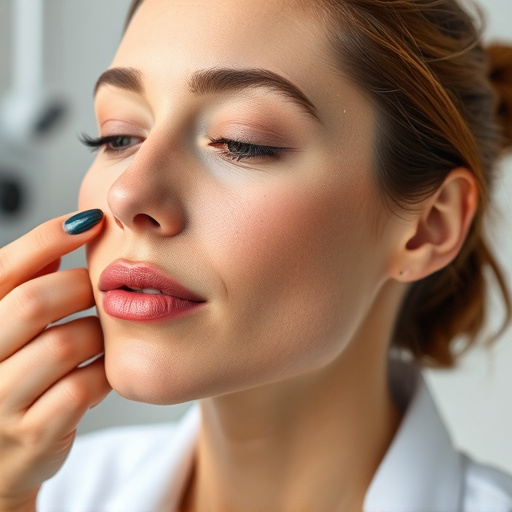
Back acne requires a specialized approach due to thicker skin and higher sweat gland density. Skille…….
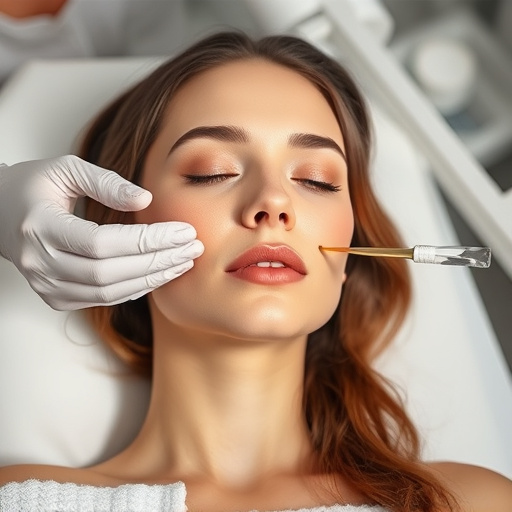
Back acne, caused by hormonal shifts, stress, environmental factors, and dietary sensitivities, requ…….
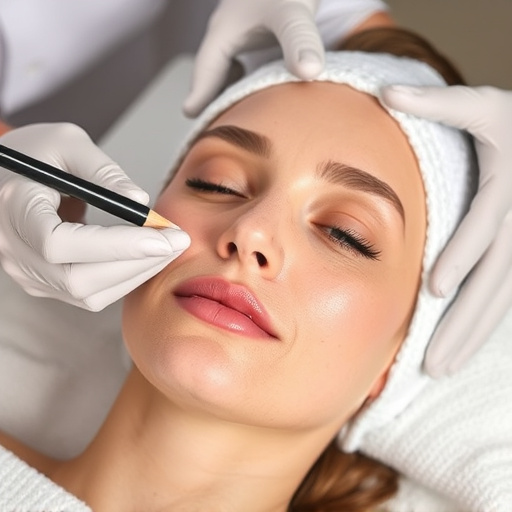
By 2025, back acne treatment sees promising advancements with advanced topical solutions developed t…….
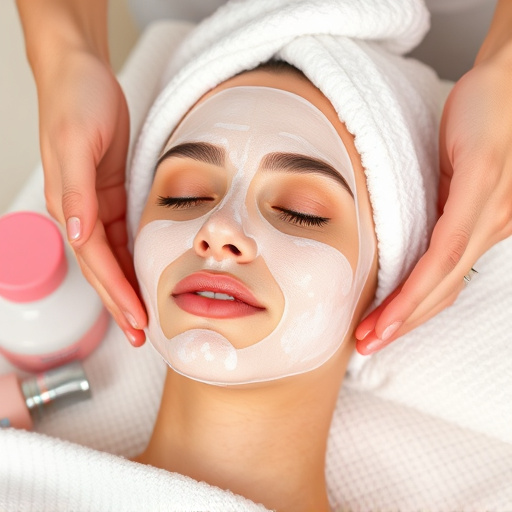
Back acne, common among active people due to sweat, friction, and bacteria growth, requires targeted…….
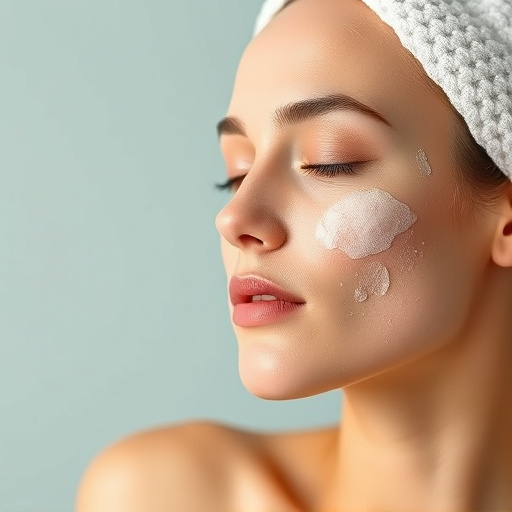
Back acne varies by individual factors and can be managed with consistent deep cleaning and hydratio…….
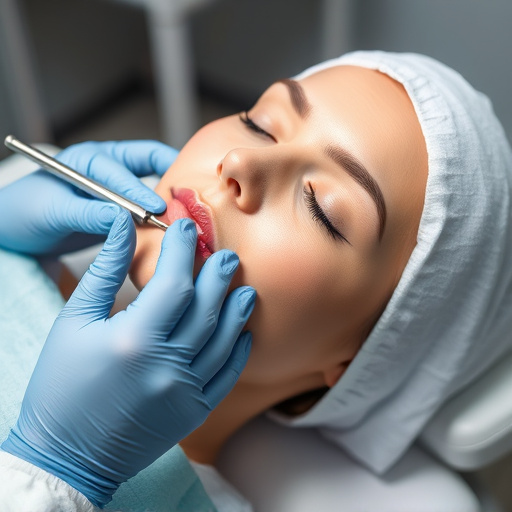
Back acne, caused by sebum excess, blocked pores, and bacterial growth, impacts all ages. Treatment…….
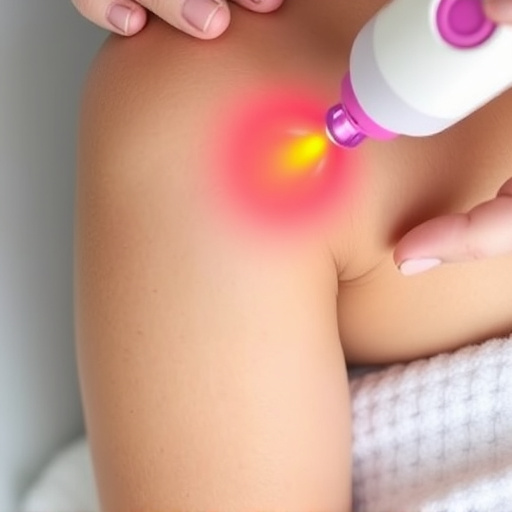
Back acne results from hormonal changes, genetics, and lifestyle factors. Triggers include puberty,…….

Back acne, prevalent among men, can be treated with microneedling, topical medications, and laser th…….